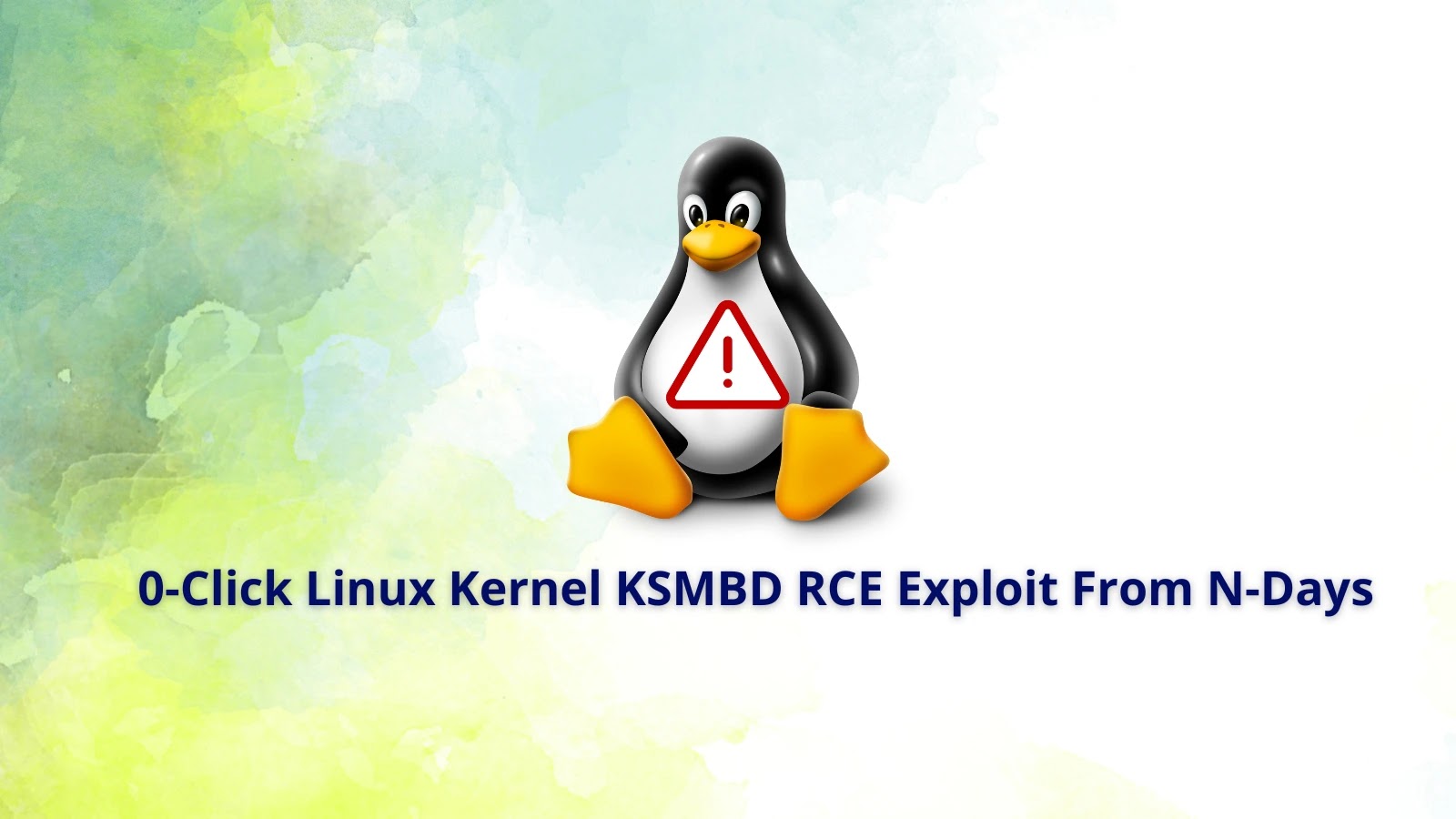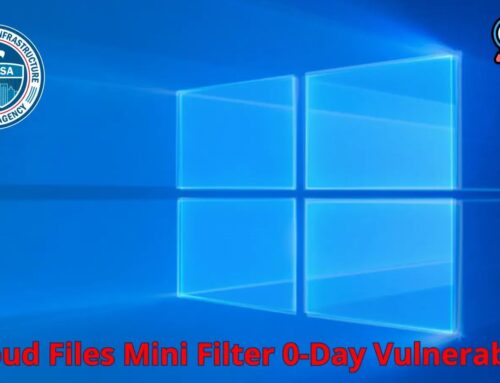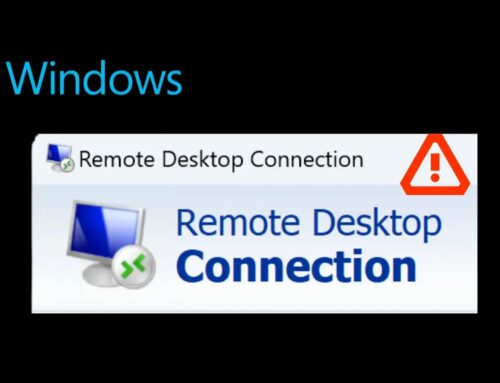
0-Click Linux Kernel KSMBD RCE Exploit From N-Day Vulnerabilities
The Silent Threat: Unpacking the 0-Click KSMBD RCE Exploit in Linux
Imagine a scenario where an attacker can seize control of your Linux server without any interaction from your side – no malicious links clicked, no infected files downloaded. This isn’t a plot from a cyber-thriller; it’s the chilling reality brought to light by a recent 0-click Remote Code Execution (RCE) exploit targeting the Linux kernel’s KSMBD daemon. This sophisticated attack leverages N-Day vulnerabilities to achieve complete system compromise, reinforcing the critical need for vigilant patching and robust security practices.
What is the KSMBD 0-Click RCE Exploit?
The exploit in question demonstrates a successful 0-click Remote Code Execution (RCE) on a Linux system running a two-year-old instance of Linux 6.1.45. The target was specifically running the kernelspace SMB3 daemon, KSMBD. The “0-click” aspect is particularly concerning because it means the attack doesn’t require any user interaction, making it highly potent and difficult to detect passively. The exploit methodology involved chaining two distinct N-Day vulnerabilities, highlighting the ongoing risk posed by unpatched systems.
Deconstructing the Exploit Chain: CVE-2023-52440 and CVE-2023-4130
The success of this 0-click RCE hinges on the clever combination of two authenticated N-Day vulnerabilities:
- CVE-2023-52440: This vulnerability played a crucial role in achieving an unauthenticated SLUB overflow. A SLUB overflow can allow an attacker to overwrite adjacent memory allocations, leading to various forms of memory corruption and ultimately control over program execution.
- CVE-2023-4130: Chained with the first vulnerability, this flaw facilitated an out-of-bounds heap read primitive. An out-of-bounds read allows an attacker to read data from unintended memory locations, which can be leveraged to leak sensitive information, bypass Address Space Layout Randomization (ASLR), or gain further control over the system’s memory layout.
By effectively chaining these two vulnerabilities, the attackers were able to escalate privileges and ultimately achieve a user-mode helper invocation, culminating in the establishment of a reverse shell. This provides them with remote access and control over the compromised Linux instance.
What is KSMBD?
KSMBD is a kernelspace implementation of the Server Message Block (SMB) protocol for Linux. Unlike user-space SMB daemons like Samba, KSMBD runs directly within the Linux kernel, offering potentially better performance and integration. However, its kernel-level execution also means that vulnerabilities within KSMBD can have more severe consequences, as they operate with higher privileges and can directly impact the entire operating system.
Why “N-Day Vulnerabilities” are a Persistent Threat
The term “N-Day vulnerabilities” refers to vulnerabilities that have already been publicly disclosed and for which patches are typically available. The fact that this 0-click exploit leverages such vulnerabilities underscores a critical point: unpatched systems are low-hanging fruit for attackers. Even well-known flaws, if not addressed promptly, can be chained together to create powerful and stealthy attacks. This particular exploit targeted a Linux instance that was two years out of date, a stark reminder of the dangers of delayed patching.
Remediation Actions and Best Practices
Defending against sophisticated exploits like the KSMBD 0-click RCE requires a proactive and multi-layered security approach. Here are crucial remediation actions and best practices:
- Immediate Patching: The most critical step is to apply all available security updates and patches for your Linux kernel and KSMBD deployments. Specifically, ensure your systems are patched against CVE-2023-52440 and CVE-2023-4130.
- Regular Software Updates: Implement a robust patch management strategy to ensure all software, especially the operating system kernel and core services, are kept up-to-date. Automate this process where possible.
- Minimize Attack Surface: If KSMBD or SMB services are not strictly necessary, disable them. Restrict network access to SMB services to only trusted internal networks or specific IP addresses using firewalls.
- Network Segmentation: Isolate critical servers and services within separate network segments. This limits the lateral movement of attackers even if one system is compromised.
- Intrusion Detection/Prevention Systems (IDS/IPS): Deploy and configure IDS/IPS solutions to monitor network traffic for suspicious activity, exploit attempts, and unusual communication patterns indicative of a reverse shell.
- Endpoint Detection and Response (EDR): Utilize EDR solutions to gain deeper visibility into system processes, registry changes, and file system modifications, helping to detect and respond to post-exploitation activities.
- Security Audits and Vulnerability Scans: Conduct regular security audits and vulnerability scans to identify outdated software, misconfigurations, and other security weaknesses.
- Principle of Least Privilege: Ensure that all services and user accounts operate with the minimum necessary privileges to perform their functions.
Tools for Detection and Mitigation
Leveraging the right tools can significantly enhance your ability to detect, mitigate, and prevent such sophisticated attacks:
| Tool Name | Purpose | Link |
|---|---|---|
| Nessus | Vulnerability Scanning, identifying unpatched systems. | https://www.tenable.com/products/nessus |
| OpenVAS | Open-source vulnerability scanner for network and system assessment. | https://www.greenbone.net/en/community-edition/ |
| Snort/Suricata | Network Intrusion Detection/Prevention Systems (NIDS/NIPS) for anomaly detection. | https://www.snort.org/ / https://suricata.io/ |
| Wireshark | Network protocol analyzer for deep packet inspection and traffic analysis. | https://www.wireshark.org/ |
| Linux Auditd | Native Linux auditing framework for system call monitoring and security event logging. | (Part of most Linux distributions) |
Conclusion
The 0-click Linux kernel KSMBD RCE exploit serves as a stark reminder of the persistent and evolving threat landscape. The combination of N-Day vulnerabilities, particularly in kernel-level services, poses a significant risk to systems that are not diligently maintained and patched. Prioritizing timely updates, minimizing attack surfaces, and implementing robust security controls are not merely recommendations; they are essential defenses against exploitation. Remaining vigilant and proactive in cybersecurity is the only way to safeguard critical infrastructure against such insidious threats.





